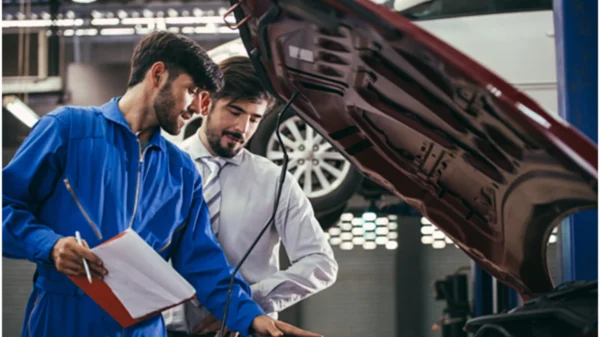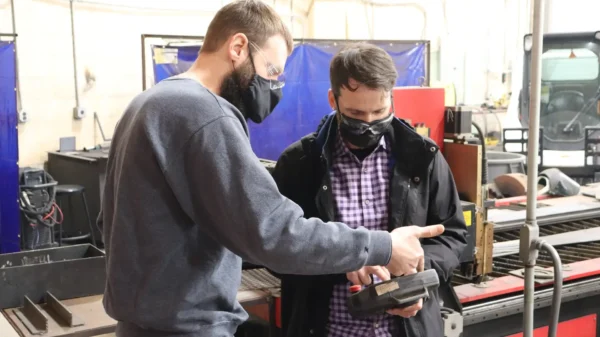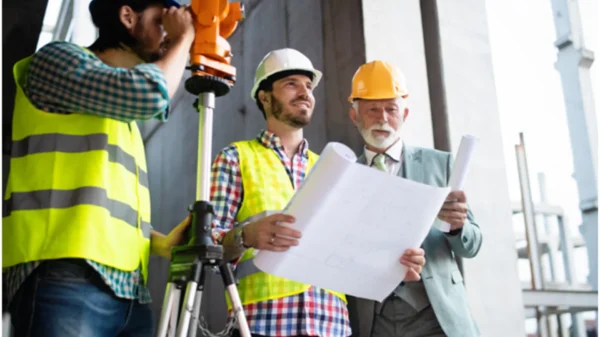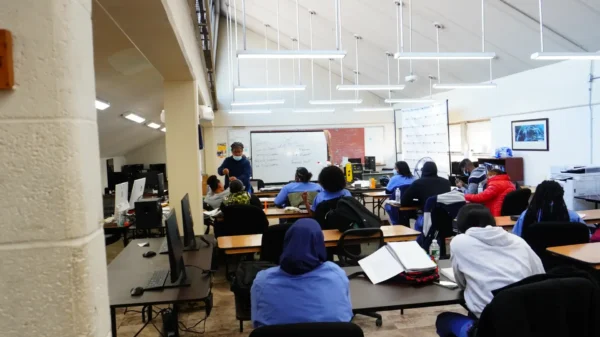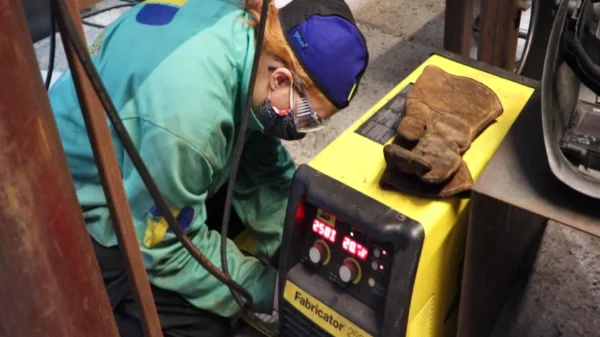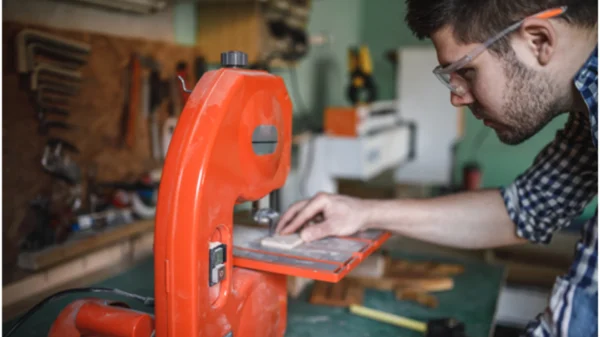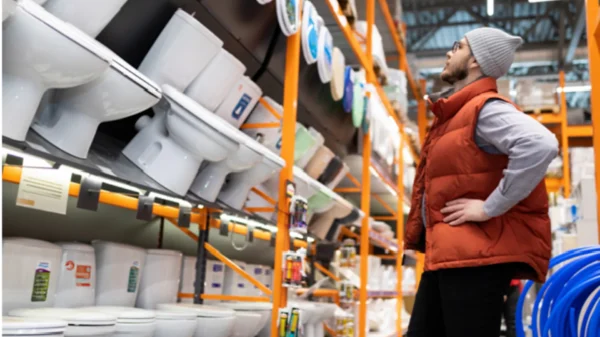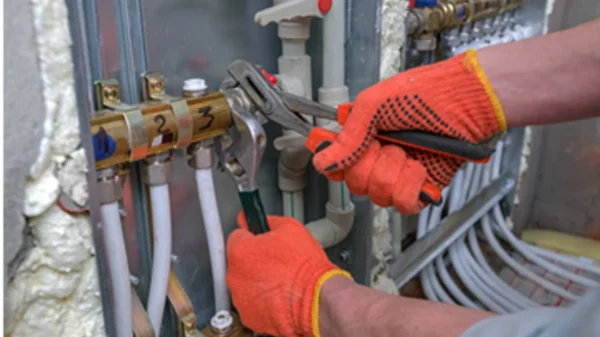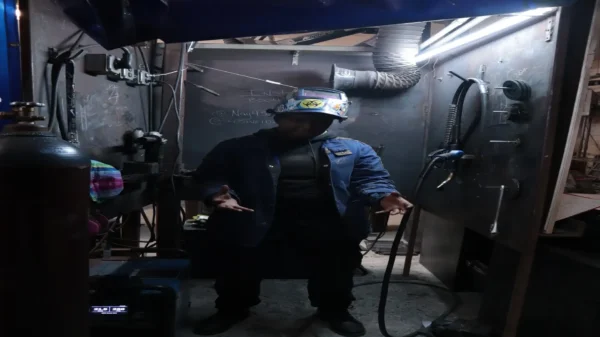The construction industry is leveraging construction technology to create construction management and project site operations more productive and sustainable. The COVID-19 pandemic generated the need for modern ways of construction technology that fix workers’ safety and regulations. Thus, startups and scaleups increasingly formulate innovations around prefabrication, worker protection, and construction robotics.
Augmented Reality
Augmented reality (AR) is a digital layer of information that improves a view of the real world. By using a mobile phone with AR capabilities, construction specialists can look at a job site with extra information laid directly on top of the picture.
For example, a construction labourer in a construction business could point a tablet at a wall, and the tablet could show the building plans for that wall as if they’re part of the physical environment. AR has huge implications for construction because it delivers additional information exactly where it is needed.
Here are a few other uses for augmented reality:
Automate Measurements:
By measuring a real space in real-time, Augmented Reality technology can help construction workers accurately follow building strategies.
Visualize Modifications:
By layering potential project improvements directly onto the worksite, contractors can visualise potential changes before dedicating them.
Provide Safety Information:
By acknowledging dangers in the environment, AR devices can show real-time safety information to workers.
While AR can be used on a phone or other portable computer, the future of AR will likely depend on AR glasses, which would enable hands-free access to significant information at all times. These AR glasses are one of several construction wearables that are liable to gain traction over the next year
Construction Wearables
Construction wearables offer various advantages for productivity, but they may succeed in immediate adoption, particularly because of their safety advantages.
Construction is one of the most hazardous industries to work in, with disasters like falls and collisions with appliances accounting for hundreds of worker expirations each year.
Wearable technology offers the probability of added protection and safety for workers, potentially preventing suffering and deaths across the industry.
Here are a few construction wearables that are already accessible today:
Smart Boots:
Powered by walking, smart boots can inspect workers at risk of a crash with nearby construction vehicles fitted with sensors.
Smart Hard Hat:
By detecting brainwaves, smart hard hats can observe “microsleeps,” which put workers in danger of injury.
Power Gloves:
When worn on a worker’s hands, smart gloves increase dexterity and endurance, helping reduce overuse injuries.
Other wearables, like smartwatches, monitors and spectacle, enhance lone worker safety, inspection for fatigue and enable contact tracing. We are at the beginning of a revolt in construction that’ll help enhance the efficiency and safety of each worker.
That said, the technological advantages for workers do not stop with small wearables, but also comprise larger personal devices like construction exoskeletons.
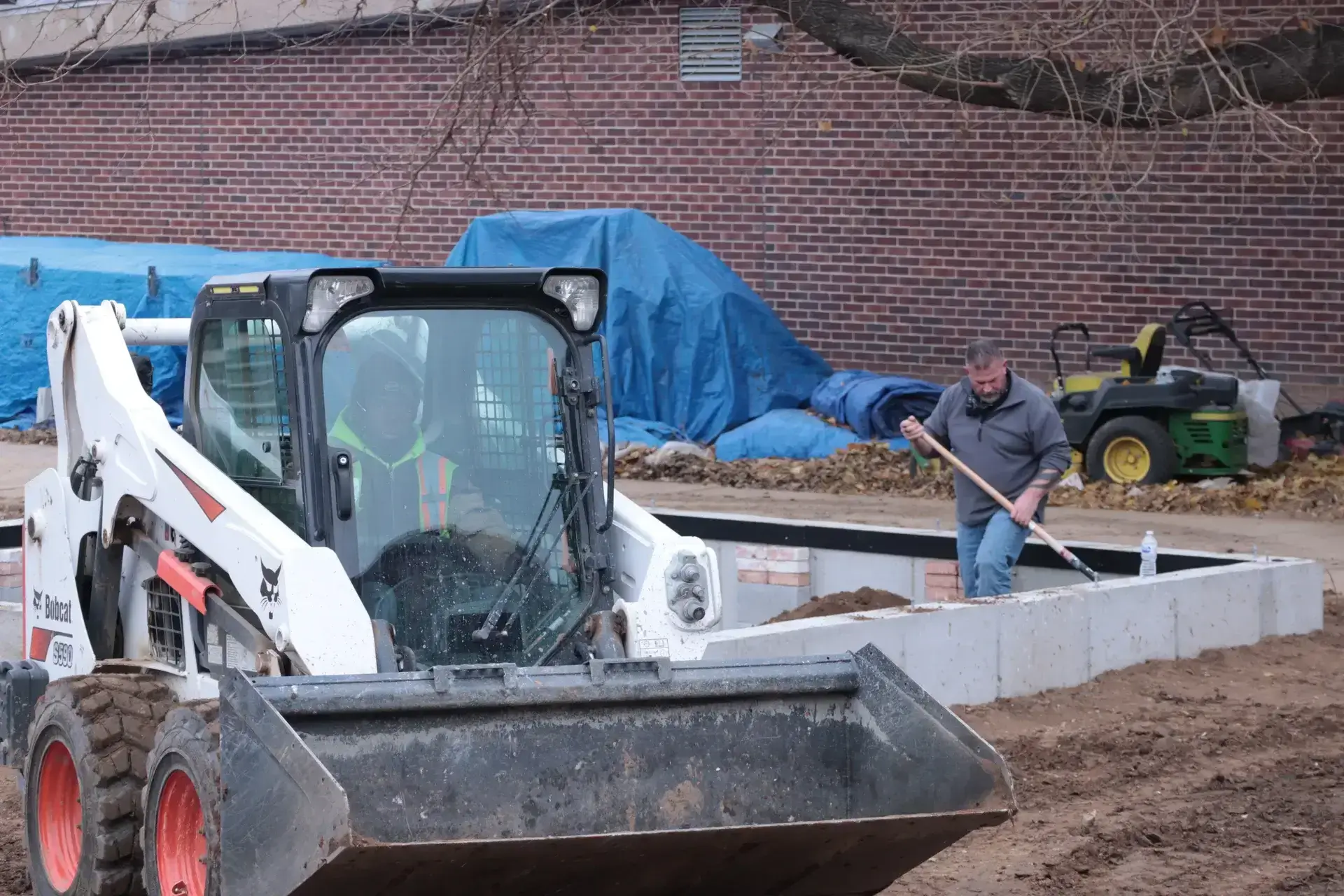
Construction Exoskeletons
Construction exosuits are wearable machines with motorised joints that deliver extra support and power during repetitive movements like bending, lifting and holding which are common in industrial construction.
While exoskeletons are derived in rehabilitation programs, they are catching attention as a tool to decrease injuries and improve efficiency for construction workers. Some exoskeletons are powered by electricity and others simply redistribute burden throughout the body, but all of them have benefits for workers accomplishing tough jobs.
Here are a few exoskeletons that are being used on construction sites:
Back Support Exosuits:
This suit fits around the shoulders, back and abdomen and reduces strain during lifting.
Crouch Supports Exosuits:
Affixed to the legs, a crouching support exoskeleton behaves as a “chair” even when no chair is present, making it susceptible to crouching for lengthy periods.
Shoulder Support Exosuits:
By redistributing weight from the shoulders, exoskeletons can impede fatigue when conducting overhead lifting.
There are also full-body building exoskeletons, which boost strength and decrease fatigue for difficult lifting jobs.
Though exoskeletons are making difficult jobs easier for construction workers, the trade is also looking forward to construction robots to reduce the pressure even more by offloading particular risky and impossible tasks to machines.
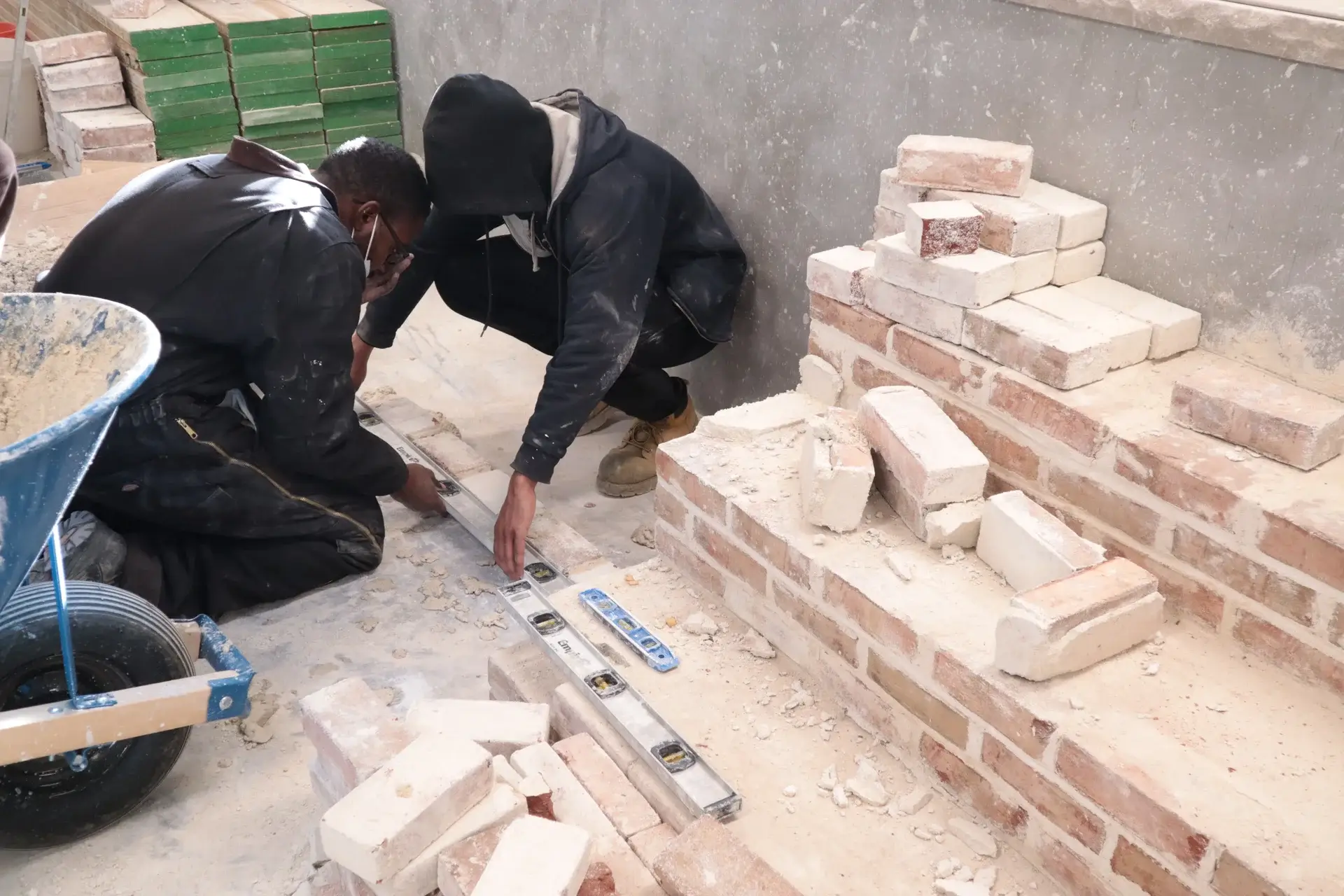
Construction Robots
Construction robots are however a ways off from entirely taking over the advanced construction industry, but various designs and proposals are on the table as the industry assumes ways to deal with labour scarcity and the need for social distancing.
3 main types of robots seem established to help reshape labour in the construction industry:-
Factory Robots:
Factory robots can perfectly and frequently perform a single job, like simple manufacturing tasks.
Collaborative Robots:
Collaborative robots can be used on a working site during elite construction to ease the pressure on a human companion by holding tools or equipment, for example.
Fully Autonomous Robots:
Similar to the robots of science fantasy, fully autonomous robots can examine the environment and conduct complex tasks with tools independently.
While robots like this haven’t yet been widely accepted in construction, other recently futuristic technologies are already widespread. For example, drones are now a common sight on construction jobs, accomplishing work that would have been costly just a few years ago.









